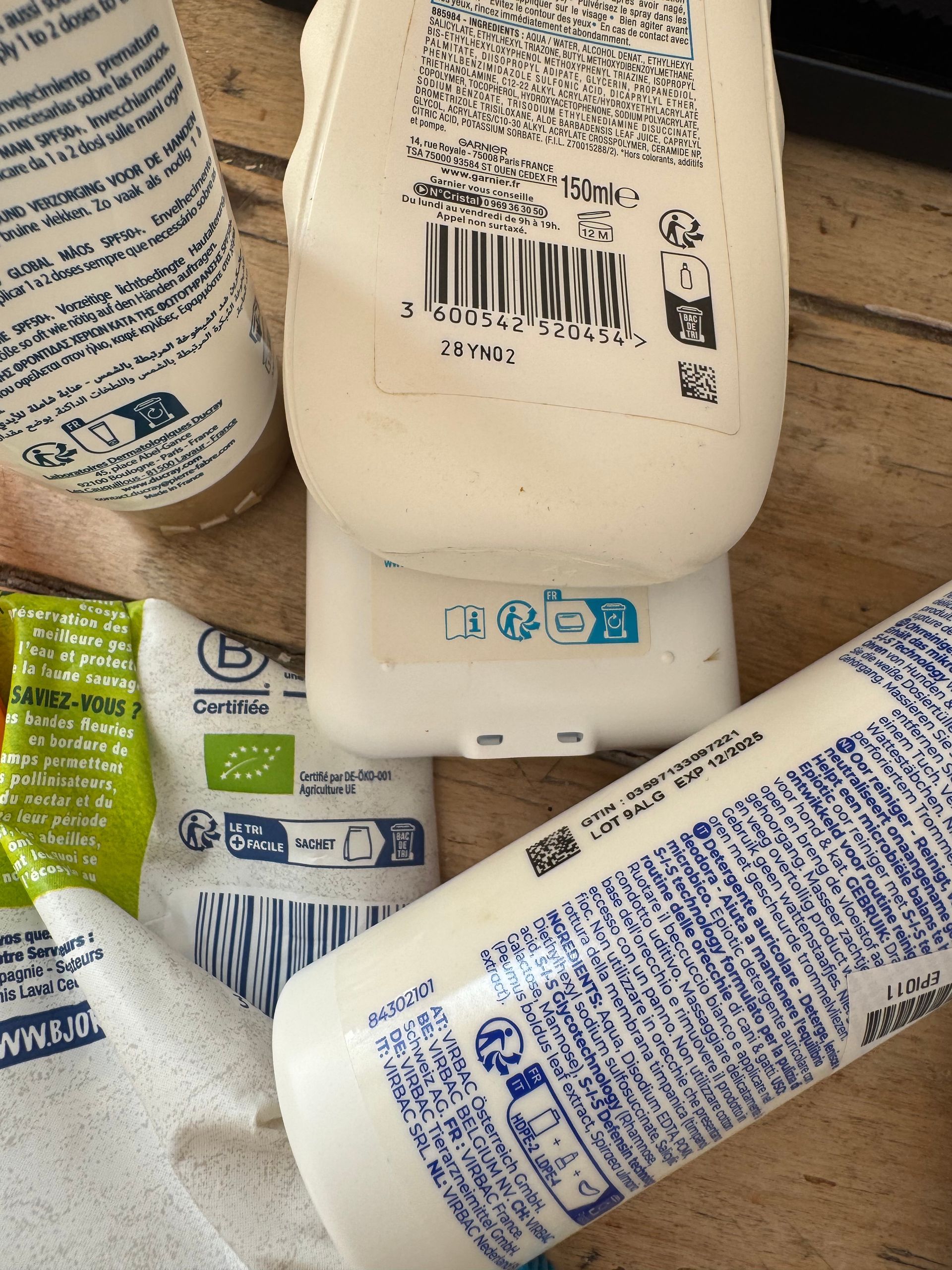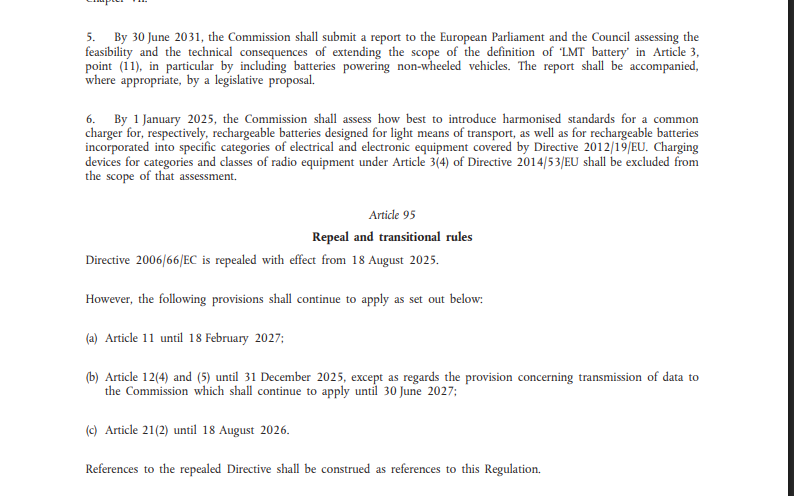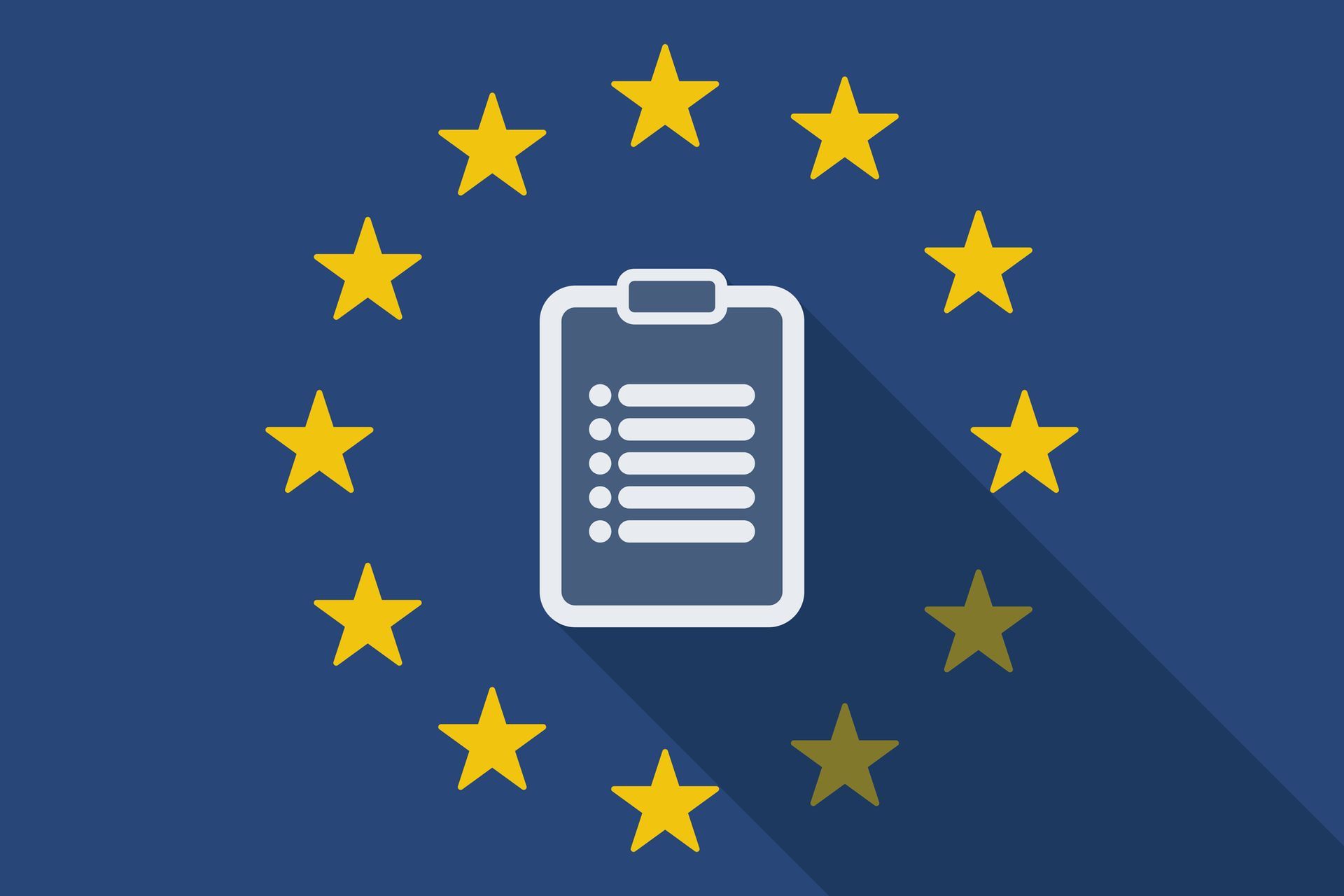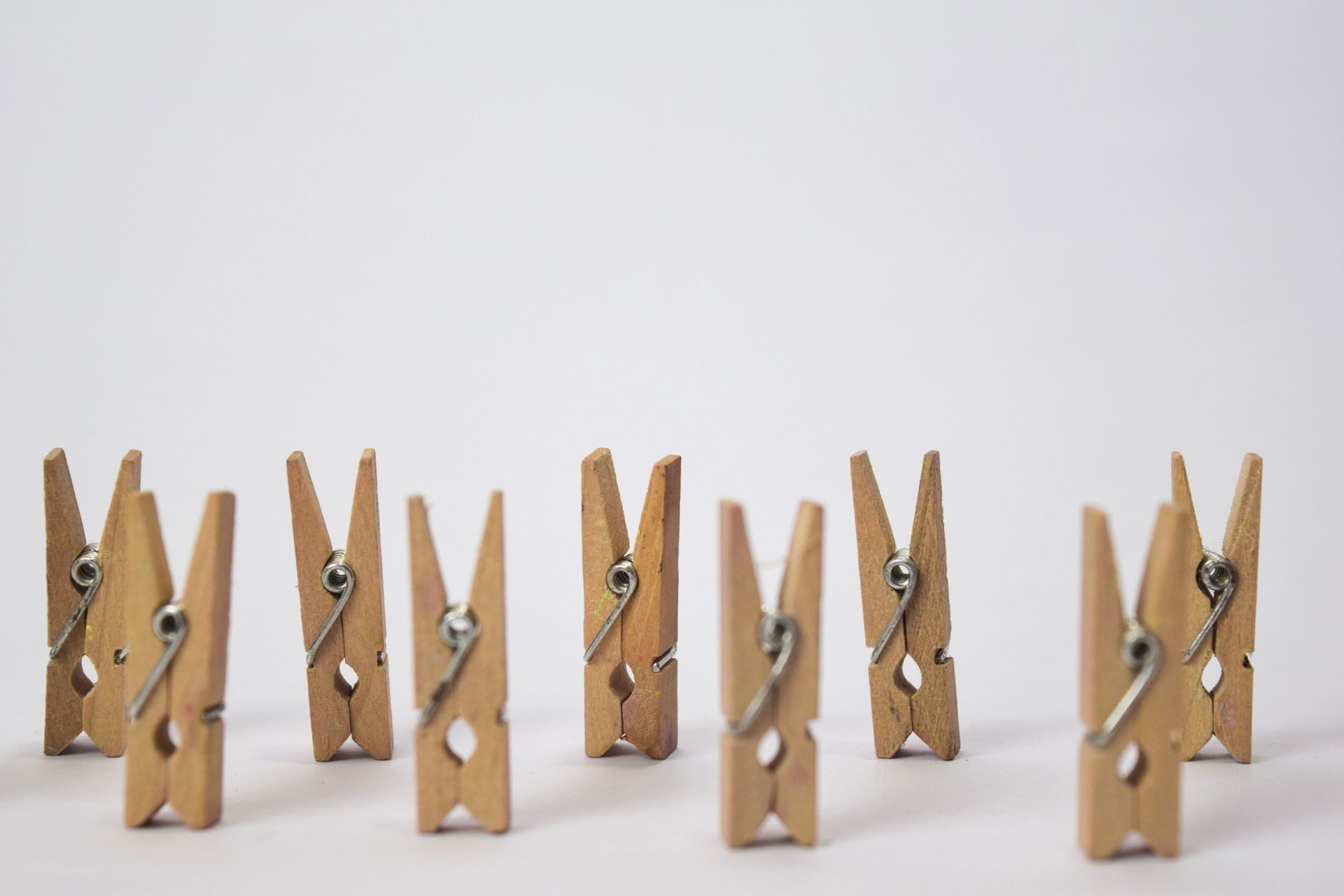Scandinavian Packaging Labelling Methodology: A Role Model for the New EU Packaging Regulation (PPWR)?
envenance on compliance.
The early separation of packaging material fractions in the disposal process is crucial for the quality of the recycling process and the recyclates obtained from it. Therefore, the new EU Packaging and Packaging Waste Regulation (PPWR) requires producers across the EU to provide clear and uniform end-of-life packaging labels (sorting instructions) so that consumers can dispose of packaging materials correctly.
The question now arises as to which methodology should be defined for this purpose. In addition to the well-established Triman label in France, another sorting instruction methodology has been introduced in several Northern European countries, which may offer a glimpse into the future of Europe-wide systems for packaging sorting instructions.
Scandinavian Approaches: Focus on Clarity and Consistency
The Scandinavian countries – particularly Sweden, Norway, and Denmark – have been using well-thought-out packaging labels for years, guiding consumers on how to separate and dispose of packaging correctly. These countries rely on three key principles:
- Simple and understandable symbols: Scandinavian packaging labels use clearly defined symbols that show consumers at a glance which waste fraction the packaging belongs to. For example, there are uniform symbols for paper, plastic, glass, and organic waste.
- Color coding: Color coding plays a central role. Different materials are marked with specific colors, which are visible both on the packaging and at municipal collection sites. This visual consistency is supposed to facilitate the correct disposal patterns from consumers. The Scandinavian color codes are more differentiated than the current color codes used in France, Italy, Spain, and Portugal.
- Sorting instructions on the packaging: In addition to symbols and colors, consumers find detailed sorting instructions on packaging, such as instructions to remove lids or labels for separate disposal. In this regard, Scandinavian labelling resembles the French Triman system.
(Source:
https://cirkulaer.dk/piktogrammer-til-affaldssortering)
The Nordic Waste Symbol System
The Nordic waste symbol system currently comprises 91 standardized pictograms that cover various types and categories of waste – from plastic to electronic devices and batteries. These symbols are used by companies, public facilities, and municipal collection centers. Companies can use the symbols free of charge, meaning there are no licensing fees. Like the Triman system, the Nordic system was developed in collaboration with various stakeholders from the recycling and waste management industries and has gained wide acceptance.
For household collection, there are ten fraction categories (e.g., paper waste, electronic devices, hazardous and harmful substances). Each of these fractions has its own color. Additionally, there are 18 symbols consisting of the fraction's color, a pictogram, and the fraction designation.
For municipal collection centers, there are twelve fraction categories, some of which overlap with household collection categories. In total, 83 symbols are available to label the different fractions at municipal collection sites.
Challenges in Implementing a Unified Packaging Labelling System Based on the Scandinavian Model
- Harmonization of existing systems: The French Triman is also a well-established and accepted labelling system. Based on what criteria will it be decided which system is more suitable?
- Cultural differences: Acceptance and environmental awareness vary greatly between member states. Does the Scandinavian layout have the same impact on consumers in Southern Europe as it does in Scandinavia?
- Infrastructure: Not all countries have the necessary collection infrastructure to ensure comprehensive implementation. What long-term effect will sorting instructions have on consumer behavior if they are not practically relevant in the short to medium term?
- Consumer overload: It should be noted that a large number of symbols may enable a certain degree of consumer education accuracy, but it may also lead to confusion, resulting in misplacement of waste fractions.
Conclusion
The Scandinavian packaging labelling methodology provides valuable insights for implementing the EU Packaging Regulation (PPWR). A simple, visual, and consistent labelling system would not only help consumers dispose of packaging correctly but also support companies in complying with the new regulations. Looking to Scandinavia, as well as France, shows that clear communication of sorting instructions is key to successful consumer education regarding waste separation.
The EU now has the opportunity to expand these proven approaches across the entire Union, taking an important step towards a sustainable future. It remains to be seen whether a new approach will be chosen or an existing system will be made mandatory for all stakeholders.
Until then, companies must continue to navigate the existing national regulations and find the correct approach within the current maze of requirements (see related blog articles from envenance).
https://www.envenance-global.com/the-end-of-the-triman
https://www.envenance-global.com/packaging-labelling-in-portugal
https://www.envenance-global.com/packaging-labelling-in-spain-the-next-local-european-obligation
Need Assistance?
For help with compliance, registration, or packaging fee disclosure in Spain, contact us.
We’re here to support your business!













